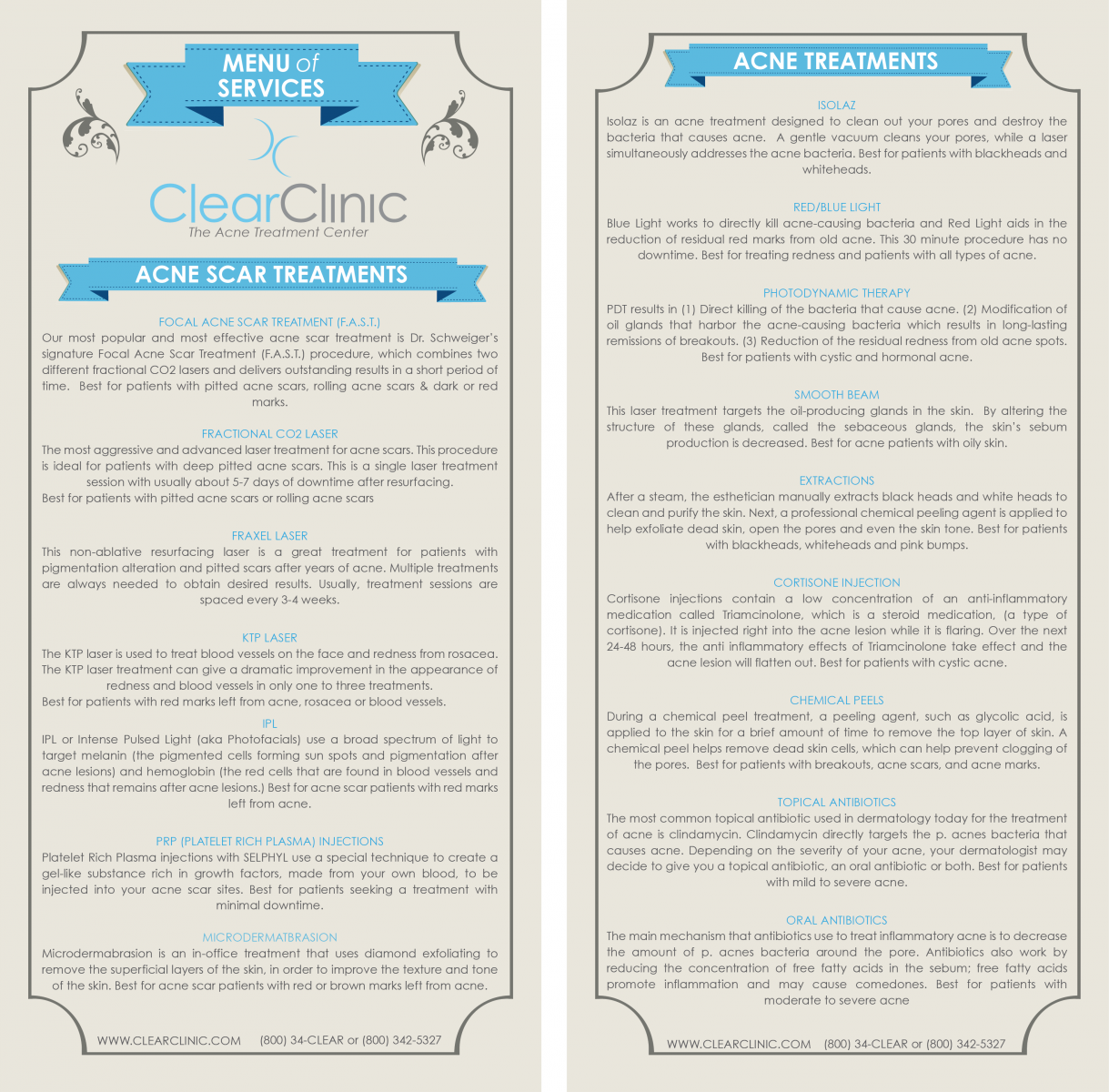Finding the Right Topical OTC Treatment for Acne Scars
Acne’s Aftermath
Even if your days of battling acne breakouts are behind you, there’s a good chance you have acne scars leftover as an unfriendly reminder. Acne scars present on the skin in two different categories: the pitted acne scars, which are textured and leave indentations on the skin. Unfortunately, there’s not much that can be done about those scars except for laser treatments (which work serious wonders). But for those of us with post-inflammatory hyper-pigmentation (PIH) issues (ie red and brown marks where the acne once lived), there are–thankfully–some topical products that help even out the complexion.
Seeing Spots
Dark spot correctors are a hot skincare category these days, with everyone from Estee Lauder and Dior to drugstore brands features a dark spot corrector in their line. But why would someone who has acne scarring need a dark spot corrector? When you have residual acne scarring, a dark spot corrector will help rid of the extra melanin created after an acne inflammation. PIH happens when a pimple causes skin inflammation, triggering the skin to produce too much melanin (melanin is what gives skin its color. ). This abundance of melanin discolors and darkens the effected area and remains discolored even after the acne lesion has healed.
Best Ingredients for Acne Spots
While the gold standard in skin lightening is hydroquinone (it’s the only ingredient recognized by the FDA as a skin lightening agent), there are a few other ingredients that have also shown impressive results in the lightening and brightening department. Kojic acid, vitamin C (at 15%), retinol, arbutin, glycolic acid and niacinamide all help with pigmentation issues. And the single best thing you can do to prevent more dark spots from forming? Wear a broad spectrum SPF 30 daily.

